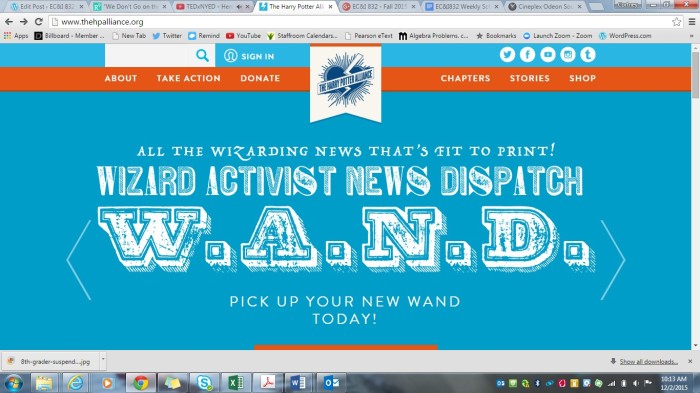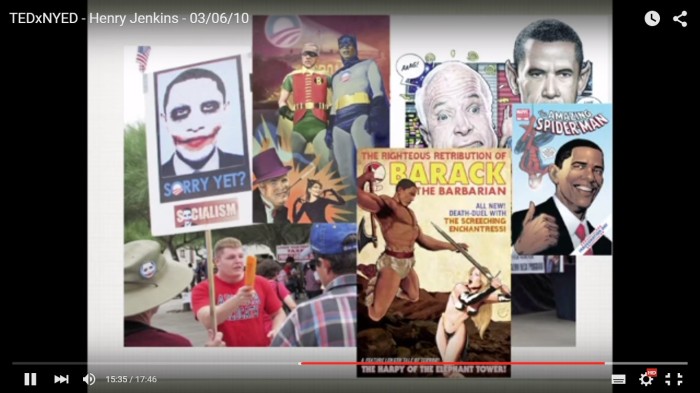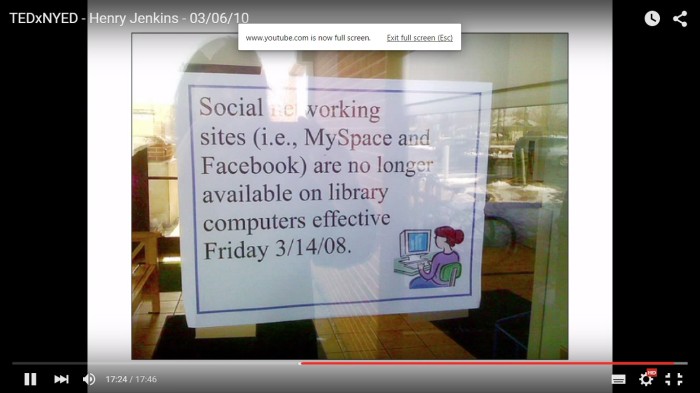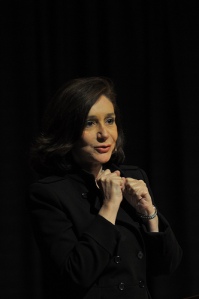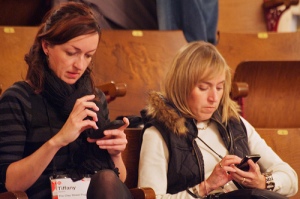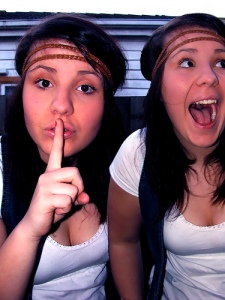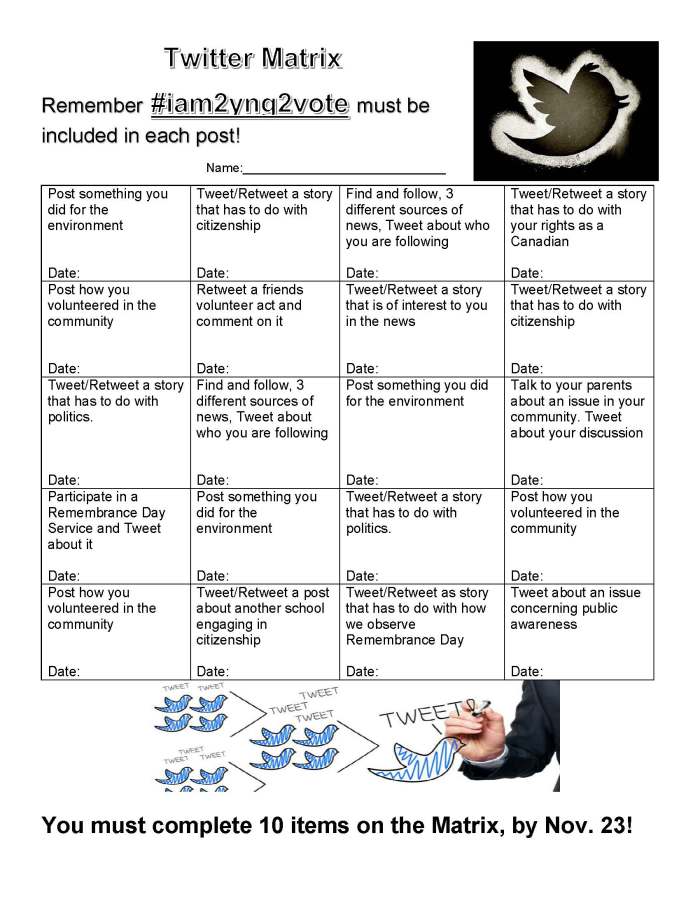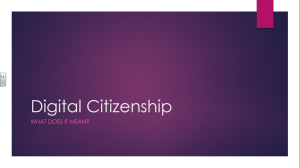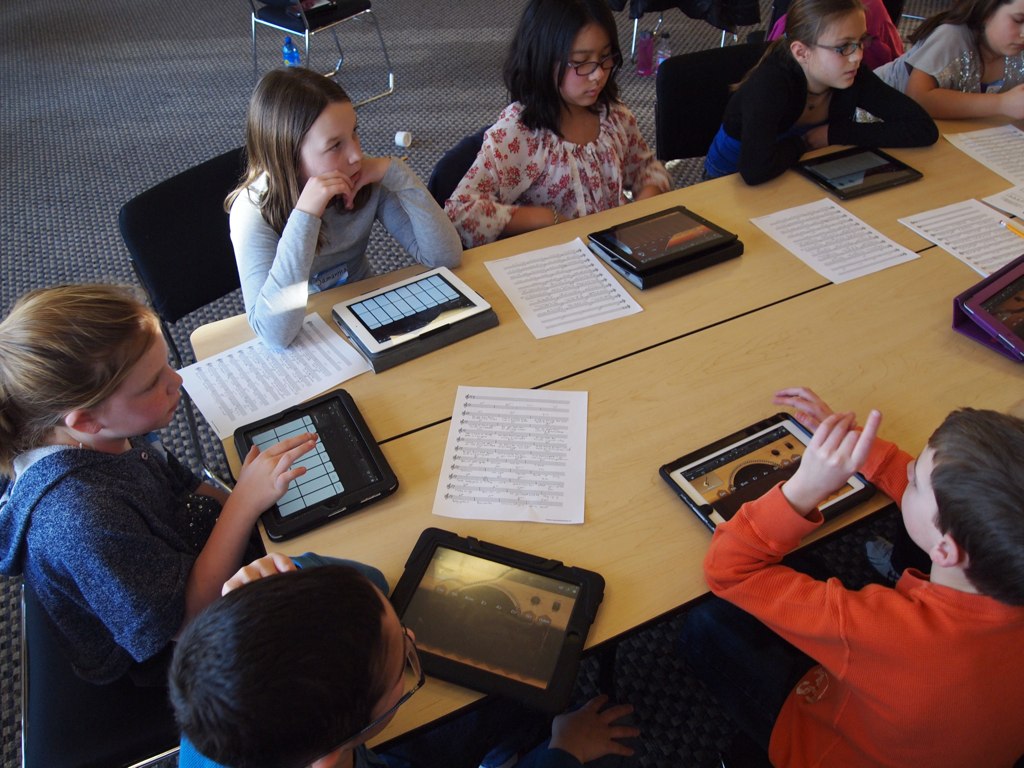As we near the end of the term and the end (but not really) of my major digital project I feel that there is some worthwhile reflections to be made regarding how the project went.
First of all I found the experience of working with Eden planning and creating our digital citizenship introduction very rewarding. She brought a lot of great insight and creativity to the lessons that we taught together. It was great to co-plan something together, for me to have some new an fresh ideas coming from her and perhaps for her to have another teacher up in front of the class to help with those “internship skills” like pacing and questioning. I think that both of us found the difference in the classrooms somewhat interesting. In both classes we encountered a wide array of student knowledge and comfort around the internet and social media in general. Only a few in each class had ever used Twitter, most weren’t really sure it’s purpose or why people would want to use it. But by far the majority of student focus was around Snapchat and Instagram. I think for me that was eye opening. Personally I know very little about these sites and the capabilities of them. But it may be worthwhile doing some of my own research into them. This class has taught me that my students are finding ways to connect that they don’t always fully understand and so as an educator it would be a good idea to work with them to build both of our capacities.
In attempting to set up Twitter accounts for each student in the classroom I again learned a great deal about the permissions that need to be granted by the school division. While our intentions were for educational purposes in the classroom, Twitter once set up, was going to be accessible to them anywhere. So I felt the most worthwhile permissions was to open lines of communication with parents. Letting them know that it is also their responsibility to help monitor and set expectations for their children outside of school use. In the end about 20% of the students were not allowed their own Twitter accounts. So I let them use the classroom account once I had signed in and they posted their initials with each tweet they sent so that I could give them credit for their participation. I would venture to guess that most of the 20% who were not allowed to have accounts would likely have parents who themselves were not familiar with Twitter or come from households where the use of online resources was limited. But I still felt that most got the experience that I was hoping for even though they did not have their own account.
I organized a few projects or assignments once the accounts were set up. My goal here was for students to help build a feed under the hashtag, so that when they searched it, there was more than just me or Eden posting to the hashtag. Initially my goal was to have other schools or classrooms join us. But in spite my best plugs or requests, none really did. However, our classroom account did gain some followers and we have been watching and interested in some of the things they tweeted. This was most true during the Student Vote. I thin that project became more worthwhile for them when they could see students voting from all across the country. When the students actually started to post assignments from the Twitter Matrix I created I was glad to see them taking a few risks and including a couple of pictures and really broadening their understanding of what it means to be a good citizen, based on the stories and activities they posted.
Throughout the class and some of the topics we discussed in the lectures about participatory culture, I think that it was important for me to have switched gears towards the end of the project. I was not satisfied that students were getting the most out of this experience because really the hashtag didn’t display any signs of the students interacting with what was posted there. Sure they would scroll through, but they never commented/favourited/or replied to any of the posts by there classmates. I now know that participation means more than just contributing. I wanted my students to connect and interact with what others were posting. By requiring them to comment or participate in the polls posted by other students I feel like I was finally getting to the heart of what I wanted my digital project to be. Now at the beginning of class we are using our devices or computers to connect with some of the stories of the day, asking questions or posting replies on the news sites or creating and answering each others polls.
CC For all you future people who are going to make websites, DONT make your passwords easy to reach. https://t.co/2OeQaAQcuq #iam2yng2vote
— Cortney Leonard (@BESGR8) December 7, 2015
#iam2yng2vote https://t.co/rmkcMdNHBg
— Abby (@11abby112) December 7, 2015
https://t.co/YlmRPzK89y Albertan suicide rate up 30%. will it continue to increase? #iam2yng2vote
— Darby (@darbster1234) December 7, 2015
Teen invites Justin Trudeau to prom #iam2yng2vote. https://t.co/4gGg5X9lpr
— ED Gaming (@EDbrogamer) December 1, 2015
These posts have all lead to great classroom discussions. Even as a class we will read and discuss some before I ask them to reply. That way students who have difficulty forming an opinion on their own can listen to the discussion from others to help them in formulating their opinion.
In the end while I didn’t accomplish what I set up (you…changing the world!) I do feel like we have made a great deal of progress. I am excited to see what my class will be able to do with Twitter before the end of the year. I have already thought about how we will support our learning during the upcoming provincial election using Twitter. So even though this is the end of my project for this class, this has definitely lead to much more projects to come in the future.
